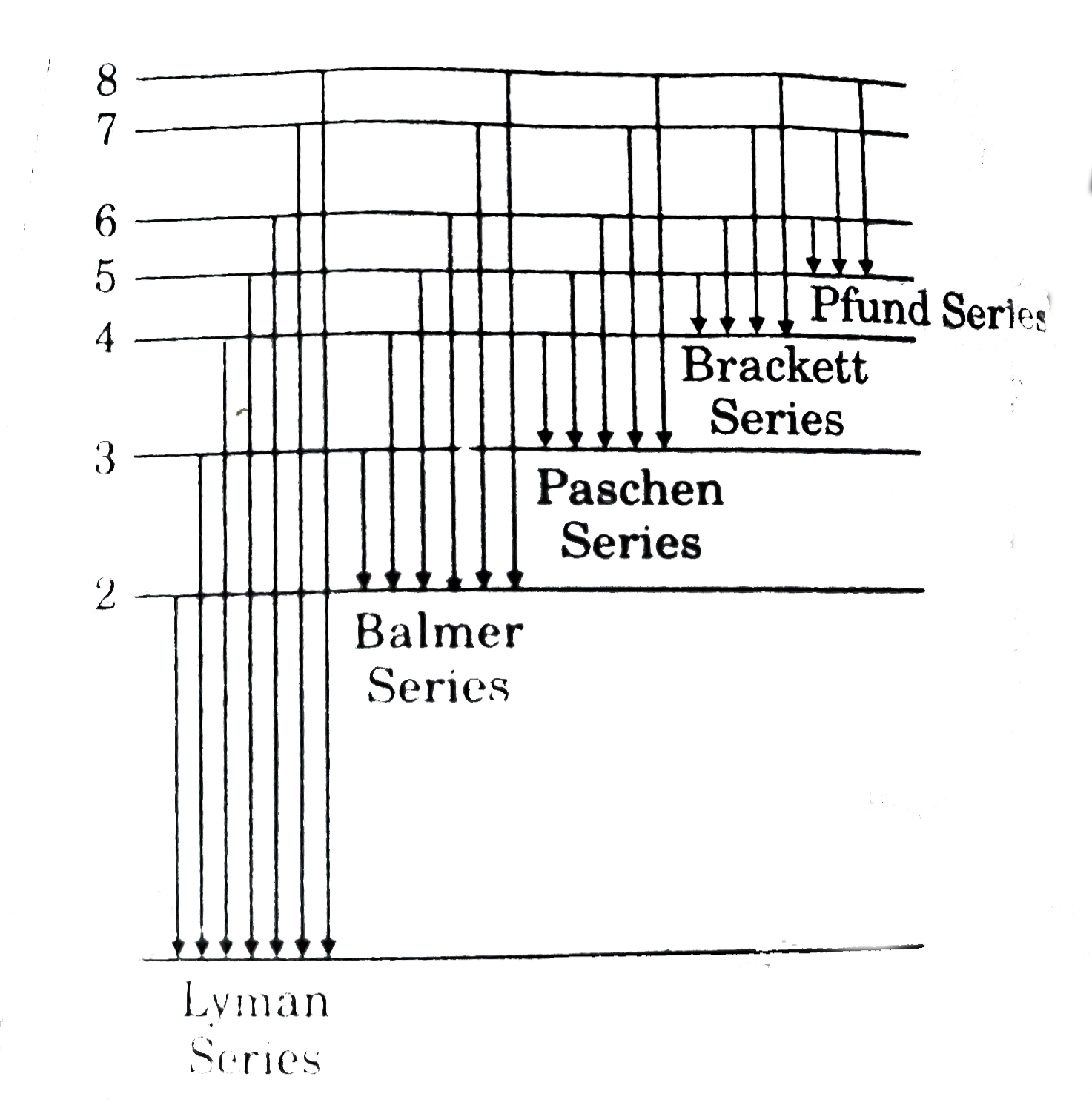A: Ethidium bromide helps in visualizing DNA in UV light only.
R: This intercalating agent absorbs light in range 260-330 nm.
If both Assertion & Reason are true and the reason is the correct explanation of the assertion
If both Assertion & Reason are true but the reason is not the correct explanation of the assertion
If Assertion is true statement but Reason is false
If both Assertion and Reason are false statements
The correct Answer is:A
Step by step video, text & image solution for A: Ethidium bromide helps in visualizing DNA in UV light only. R: This intercalating agent absorbs light in range 260-330 nm. by Biology experts to help you in doubts & scoring excellent marks in Class 12 exams.
Updated on:21/07/2023Topper's Solved these Questions
- BIOTECHNOLOGY-PRINCIPLES AND PROCESSESBOOK - AAKASH INSTITUTECHAPTER - BIOTECHNOLOGY-PRINCIPLES AND PROCESSESEXERCISE - ASSIGNMENT SECTION-C (Previous Years questions )
55 Videos
- BIOTECHNOLOGY AND ITS APPLICATIONSBOOK - AAKASH INSTITUTECHAPTER - BIOTECHNOLOGY AND ITS APPLICATIONSEXERCISE - ASSIGNMENT (SECTION - D) (ASSERTION - REASON TYPE QUESTIONS)
10 Videos
- BODY FLUIDS AND CIRCULATIONBOOK - AAKASH INSTITUTECHAPTER - BODY FLUIDS AND CIRCULATIONEXERCISE - Assignment Section - D Assertion - Reason Type Questions
9 Videos
Similar Questions
In the given process of separation and isolation of DNA fragments,some of the steps are missing,Complete the missing steps
A: Restriction digestion of DNA fragments
↓
B: ……………………
↓
C: Staining with ethidium bromide
↓
D: Visualisation in U.V. light
↓
E: ............
↓
F: Purification of DNA fragments.
View SolutionA thin film having refractive indexμ = 1.5 has air on both sides. It is illuminated by white light falling normally on it. Analysis of the reflected light shows that the wavelengths 450 nm and 540 nm are the only missing wavelengths in the visible portion of the spectrum. Assume that visible range is 400 nm to 780 nm.
(a) Find thickness of the film.
(b) Which wavelengths are brightest in the interference pattern of the reflected light?
View Solution
Knowledge Check
(A) : Ethidium bromide is a known mutagen.
(R) : It can be used to stain DNA and visualise by exposure to UV radiation.AIf both (A) and (R) are true and (R) is the correct explanation of (A).BIf both (A) and (R) are true but (R) is not the correct explanation of (A).CIf (A) is true but (R) is false.DIf both (A) and (R) are false.Assertion: One can see bright orange coloured band of DNA in a ethidium bromide stained gel exposed to infra-red light
Reason :One cannot see pure DNA fragments in the visible & UV light & without stainingAIf both Assertion & Reason are True & the Reason is a correct explanation of the AssertionBIt both Assertion & Reason are True but Reason is not a correct explanation of the AssetionCIf Assertion is True but the Reason is FalseDIf both Assertion & Reason are false[A]: The far-red form of the phytochromes ab- sorb light at 740 nm.
[R]: The red form of phytochrome absorbs light at 660 nmAIf both A and R are true and R is the correct explanation of ABIf both A and R are true but R is not the correct explanation of ACIf A is true and R is falseDIf both A and R are false
A zinc ball of radius, R=1 cm charged to a potential -0.5 V. The ball is illuminated by a monochromatic ultraviolet (UV) light with a wavelength 290 nm. The photoelectric threshold for zinc is 332 nm. The potential of ball after a prolonged exposure to the UV is
View Solutionthe only electron in the hydrogen atom resides under ordinary conditions in the first orbit. When energy is supplied the electron moves to higher energy orbit depending on the amount of energy absorbed. It emits energy. Lyman series is formed when the electron returns to the lowest orbit while Balmer series is formed when the electron returns to second. Similarly, Paschen, Breakett and Pfund series are formed when electron returns to the third, fourth and fifth orbits from higher energy orbits respectively (as shown in figure).

Maximum number of different lines produced when electron jump from nth level to ground level is equal to
n(n−1)2.
For example in the case of n=4, number of lines produced is 6.(4→3,4→2,4→1,3→2,3→1,2→1).When an electron returns from n2ton1 state, the number of different
lines in the spectrum will be equal to (n2−n1)(n2−n1+1)2
If the electron comes back from energy level having energy E2 to energy level having energy E1, then the difference may be expressed in terms of energy of photon as:
E2−E1=ΔE,λ=hcΔE,ΔE=hv(v−frequency)
Since h and c are constants ΔE corresponds to definite energy: thus each transition from one energy level to another will produce a light of definite wavelength. This is actually observed as a line in the spectrum of hydrogen atom.
Wave number of line is given by the formula:
¯v=RZ2(1n21−1n22)
where R is a Rydberg constant (R=1.1×107m−1).
(i) First line of a series : It is called line of longest wavelength of line of smallest energy'.
(ii) Series limit or last line of a series : It is the line of shortest wavelength or line of highest energy.
wave number of the first line of Paschen series in Be3+ ion is :
View SolutionAfter electrophoresis the separated DNA fragment can be vishualised ethidium bromide gel exposed UV light . These DNA fragments appear as _______ coloured bands :
View SolutionAfter electrophoresis the separated DNA fragment can be vishualised ethidium bromide gel exposed UV light . These DNA fragments appear as _______ coloured bands :
View SolutionA zinc ball of radius, R=1 cm charged to a potential -0.5 V. The ball is illuminated by a monochromatic ultraviolet (UV) light with a wavelength 290 nm. The photoelectric threshold for zinc is 332 nm. The potential of ball after a prolonged exposure to the UV is
View Solution
